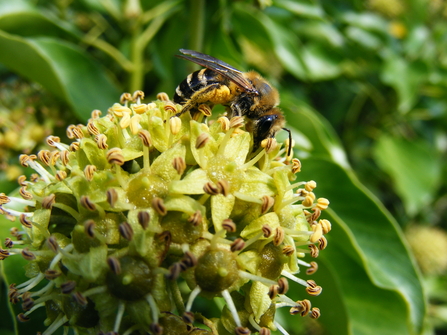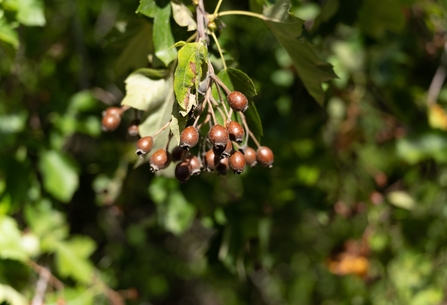There’s nothing better than enjoying the vibrant autumn colours on a woodland walk. Keep an eye out for wildlife busily preparing for winter - a good species to look out for is the ivy bee, which you may well spot gathering nectar on clumps of ivy. This is one of the few plants still flowering and providing nectar at this time of year.
Woodland habitat provides an abundance of nectar for pollinators, as well as habitat for fungi, lichen and many insects that feed on deadwood as part of their lifecycle.



